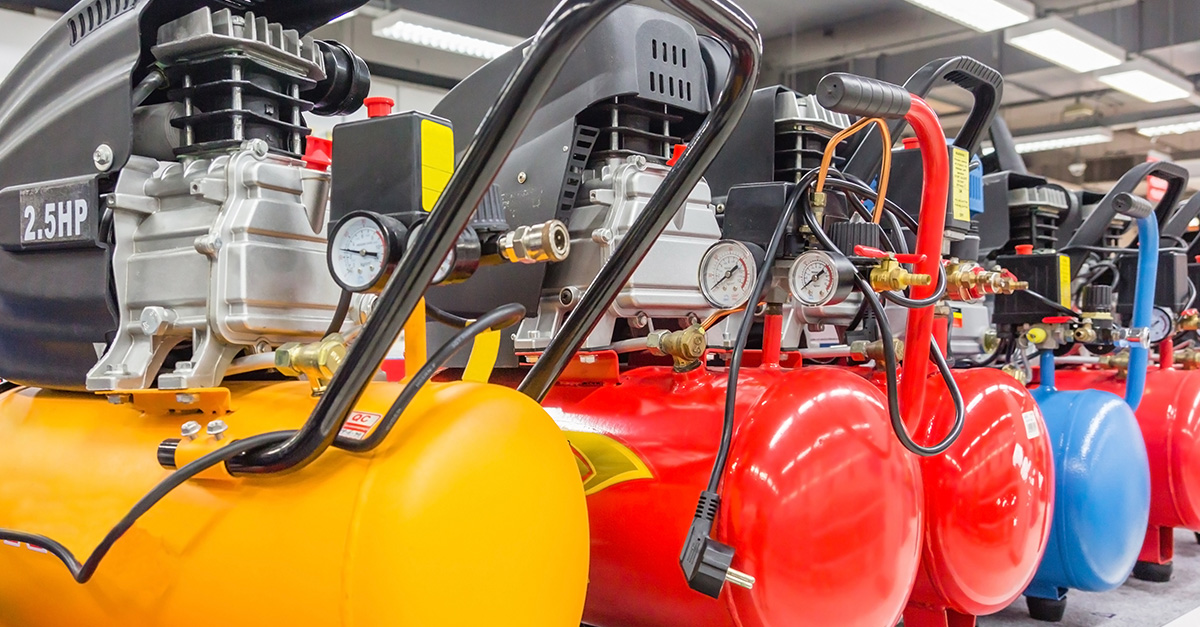Compressed air, the IoT, and sustainability
By using the Internet of Things (IoT) to monitor compressed air usage, manufacturers can save energy, money, and the environment.

Compressed air is essential to industrial production. It powers machinery, valves, and hand tools in industries from manufacturing to mining and power generation.
It is very convenient, but it’s also expensive to generate as it takes electricity to compress the air. In a worst-case scenario, reports say as little as 8% of the total energy supplied to a compressor is converted into useful energy to do the work at the point of use. Therefore, energy is wasted when compressing the air, as the compressed air is not fully utilized. And it is wasted at the point of use.
Oliver Prang, Digital Business Developer at pneumatic equipment company SMC Corporation, said: “Thousands of litres of compressed air can be wasted because consumption is not monitored, and leaks are not known.”
Sustainability is becoming a big topic among SMC’s customers, he said. SMC decided to put IoT and pneumatics together to solve the problem. With Cumulocity IoT, SMC developed a strong equipment-as-a-service (EaaS) solution: Smart Field Analytics.
Cumulocity IoT, fitted with Dell’s Edge hardware devices, enables the real-time reporting on machine latency times, alerts to prevent impending faulty productions, and reports about unplanned machine downtime.
And there is more: With its built-in machine learning algorithm, SMC can partner with customers to get reliable analytics tailored to each machine. Machine learning enables SMC customers to analyze results and intelligently adapt how each is interpreted.
Monitor consumption, detect leaks
Today, SMC customers can deploy a leakage detection service. Here, Cumulocity IoT analyzes how much compressed air is being utilized. This can enable early detection of a downstream issue that might lead to process failure. When a valve is consuming more air than expected for a process, a message is sent out to an ERP/MES-system.
And, as if that wasn’t enough, Smart Field Analytics has found another area in the manufacturing market: Energy efficiency monitoring. In this application, the pressure and flow data that Cumulocity captures on the edge can be combined with data relating to peaks in consumption during machine start-up. This can be used to monitor energy consumption and optimize total factory efficiency.
With the help of Smart Field Analytics and Cumulocity IoT, consumption peaks are distributed, leakages avoided, electricity and maintenance costs reduced, and CO2 balanced.
That’s end user machine-operation knowledge, combined with SMC’s machine-building knowledge and Software AG’s IoT knowledge creating wisdom capable of saving money, time, and the planet. Watch the video here.
And read the full customer hero story by clicking below.